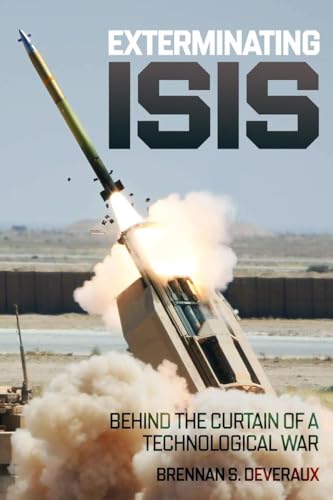
Cassandra in Oz
by Conrad Charles Crane
"Counterinsurgency and Future War"
Popularity
3.64 / 5
* A book's popularity is determined by how it compares to all other books on this website.
Where to buy?
Buy from Amazon* If you buy this book through the link above, we may receive a small commission at no extra cost to you.
Cassandra in Oz by Conrad Charles Crane
Details
War:
War on Terror
Perspective:
Researcher
Biography:
No
Page Count:
329
Published Date:
2016
ISBN13:
9781682470206
Description
Main Themes and Topics
"Cassandra in Oz" by Conrad Charles Crane delves into the intricacies of military strategy and doctrine, particularly focusing on counterinsurgency operations. The central theme revolves around Crane's journey from a research professor to a pivotal figure in developing the counterinsurgency strategies that played a critical role in the Iraq War. The book explores the challenges of transforming military operations in response to global conflicts post-9/11, highlighting stability operations and reconstruction efforts in Iraq. Another significant theme is the resistance to innovation within military institutions and the difficulty of implementing new doctrines amidst ongoing challenges.
Through his narrative, Crane addresses the Army's initial unpreparedness and the subsequent development of Field Manual 3-24, which became a cornerstone in U.S. military engagement. The book critiques and analyzes the successes and failures of applying this doctrine in real-world scenarios, offering insights into the nature of military learning and adaptation.
Writing Style and Tone
Conrad Charles Crane's writing style in "Cassandra in Oz" is both authoritative and accessible, making complex military topics understandable to a broad audience. His tone combines scholarly analysis with personal reflection, allowing readers to grasp the seriousness and intricacies of military doctrine development and implementation. Crane's prose reflects his deep knowledge and experience, yet it retains an engaging narrative quality that brings historical events to life.
Brief Summary
"Cassandra in Oz" recounts Crane's experiences and contributions to the development of counterinsurgency doctrine that shaped U.S. military strategies. The book details the painstaking process of creating Field Manual 3-24, engaging readers with historical context and firsthand accounts from Crane's unique position. It examines the manual's intent to better equip the military for challenges faced in Iraq and elsewhere, recounting debates over its content and its real-world application. Crane offers a critical examination of what worked and what fell short, emphasizing the lessons learned from years of involvement in global conflicts.
Criticism
While "Cassandra in Oz" is a comprehensive and insightful account of military doctrine development, some readers may find the technical details overwhelming. The book's focus on specific military operations and strategies may not appeal to a general audience unfamiliar with these topics. Furthermore, despite Crane's critical analysis, some critics argue that the book could delve deeper into the on-ground impact of these strategies, particularly from the perspective of those directly affected by the operations in Iraq and Afghanistan.









